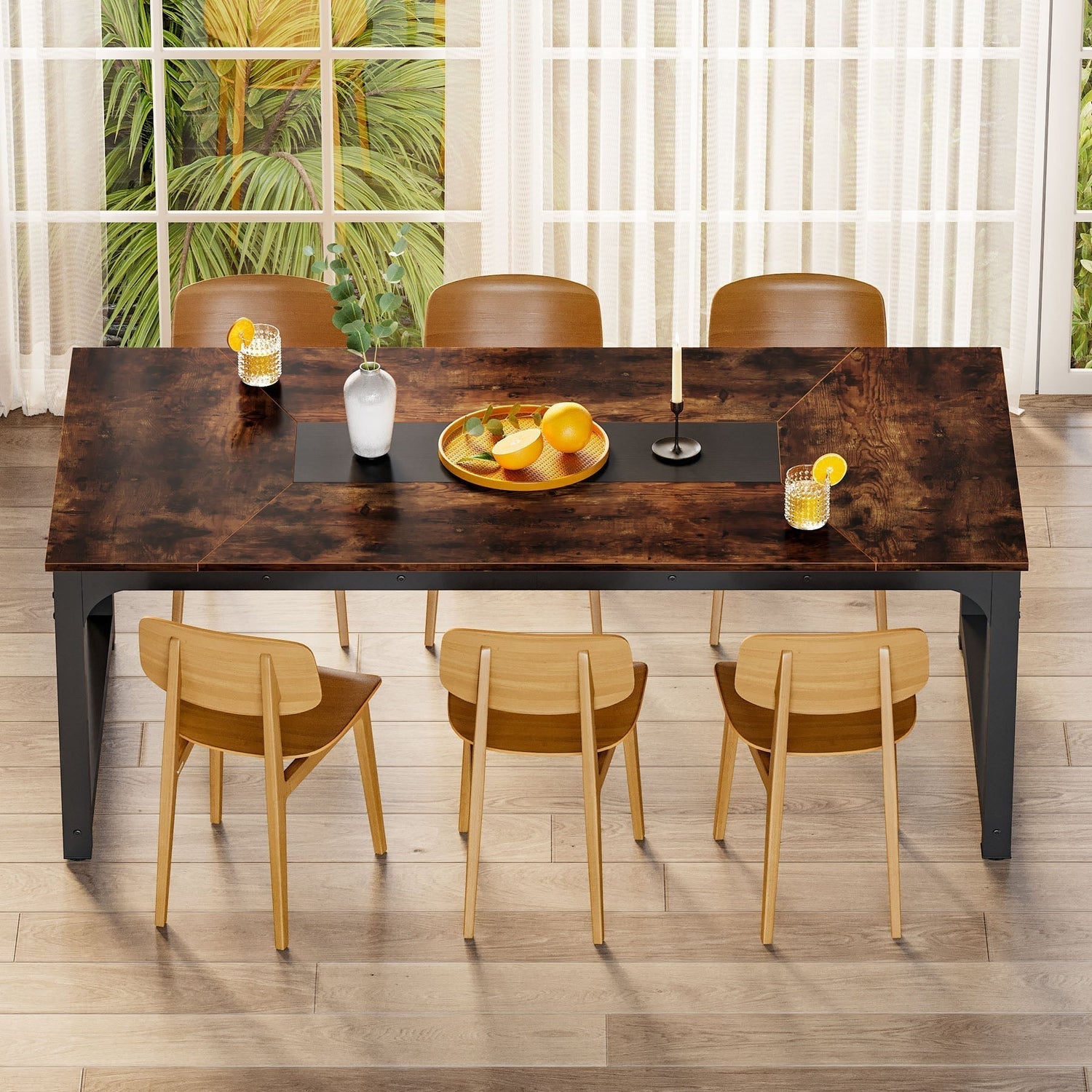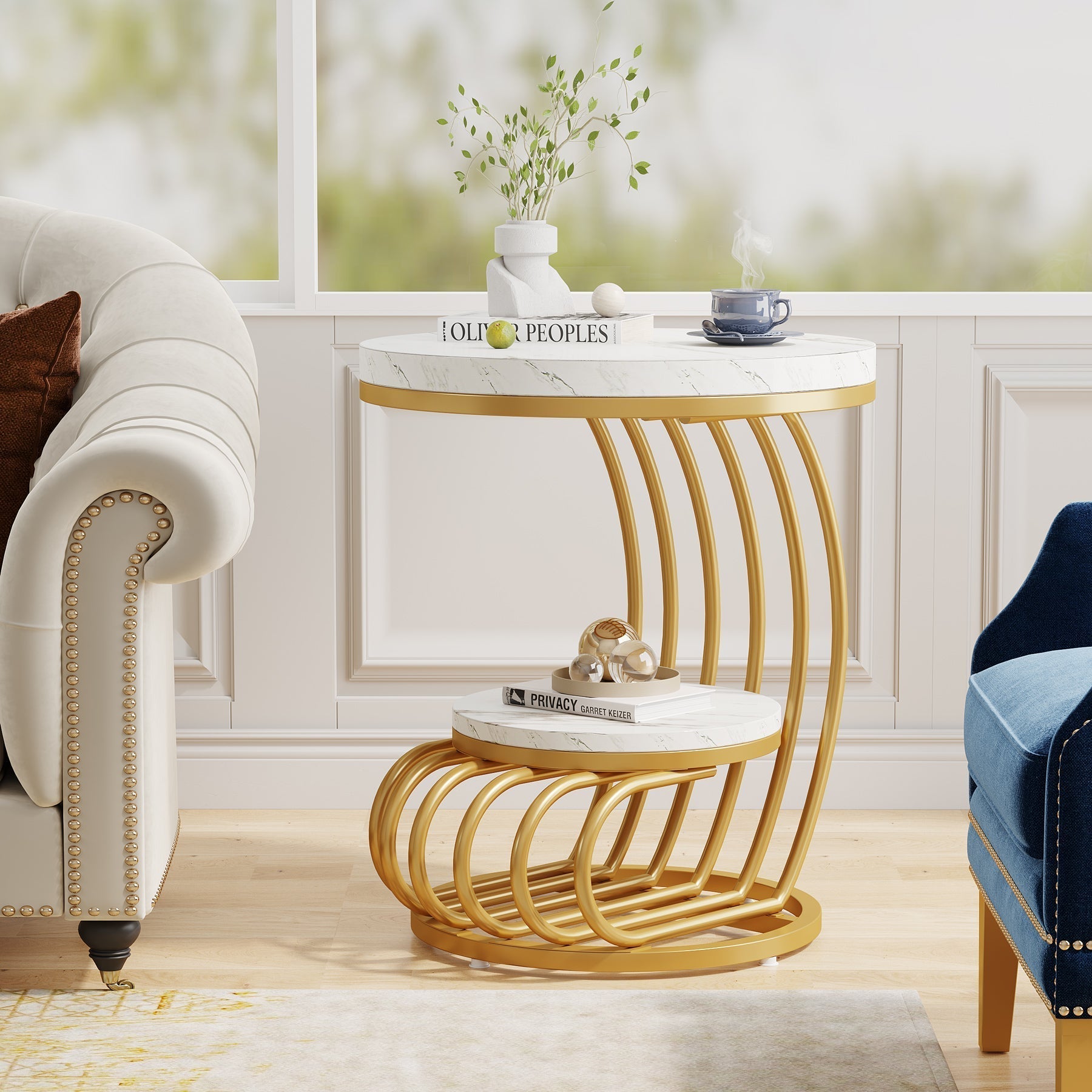Choosing the perfect dining table goes beyond aesthetics. The shape of your table plays a significant role in maximizing space, improving functionality, and creating a welcoming environment. But with so many options available, it can be tricky to know which shape is the most efficient for your home. In this guide, we’ll break down the different dining table shapes, share real user experiences, and offer tips to help you choose the best one for your needs.
Table of Contents
- What Does "Efficient" Mean in a Dining Table?
- Overview of Common Dining Table Shapes
- Rectangular Tables: Classic and Practical
- Round Tables: Social and Space-Saving
- Square Tables: Intimate and Balanced
- Oval Tables: A Combination of Best Features
- Extendable Tables: Versatile for Any Situation
- Space-Saving Tips Regardless of Shape
- Final Thoughts: Which Shape is Right for You?
What Does "Efficient" Mean in a Dining Table?
When we talk about an efficient dining table, we’re looking at several factors:
- Space-saving: Can the table fit well in the available space while allowing room for movement?
- Seating capacity: Does it comfortably seat the number of people you need, without feeling too cramped or too empty?
- Flow and movement: Can people move around the table easily without obstruction?
- Aesthetic versatility: Does the shape complement the overall room design and create a cohesive look?
From personal experience, I’ve found that the most efficient table isn’t necessarily the one with the most seating, but the one that makes the best use of the space you have and suits your lifestyle.

Overview of Common Dining Table Shapes
Before diving into the specifics, let’s look at the most common shapes you’ll encounter in dining tables:
- Rectangular: Long and versatile, great for larger rooms.
- Round: Perfect for intimate settings and smaller rooms.
- Square: Works well in square spaces, offering symmetry.
- Oval: A hybrid of round and rectangular, often seen as a stylish choice.
- Extendable: A great choice for those who need flexibility for larger gatherings.
Rectangular Tables: Classic and Practical
User Experience: I used to have a rectangular table in my previous home, and it worked perfectly in our long, narrow dining room. The length allowed us to seat up to 8 people comfortably, which was great for hosting dinner parties. However, it did feel a bit bulky when we weren't using the full seating capacity.
Pros:
- Ideal for long or narrow spaces: Rectangular tables take advantage of elongated rooms.
- Seats many people: Perfect for large families or gatherings.
- Versatile style: Classic and available in many designs, from formal to modern.
Cons:
- Can dominate smaller spaces, making them feel cramped.
- Not ideal for round-table conversations where everyone can easily interact.
Best For: Large families, people who entertain often, or those with a formal dining space.
Round Tables: Social and Space-Saving
User Experience: When I moved into my apartment, I opted for a round table. It was perfect for my small dining area and felt cozy when I hosted friends for dinner. The conversation flow was excellent, as no one was far away from each other.
Pros:
- Great for conversation: No one is at the "head" of the table, making it ideal for equal interactions.
- No sharp corners: Perfect for families with young children.
- Compact: Fits better in square rooms and smaller spaces.
Cons:
- Limited seating: As the table size increases, it can still be hard to fit more than 6-8 people comfortably.
- Can waste space: In larger rooms, it may leave too much unused space around the table.
Best For: Smaller families, apartments, or anyone who values intimacy and conversation at the table.
Square Tables: Intimate and Balanced
User Experience: I once had a square table in my studio apartment. It felt very balanced and made the room look symmetrical. However, it was a bit tricky when I had more than 4 guests, as we had to squeeze a bit.
Pros:
- Balanced and symmetrical: Looks great in square rooms.
- Good for small groups: Ideal for 2-4 people.
Cons:
- Awkward in long or narrow rooms.
- Limited capacity: Can be inefficient for larger gatherings.
Best For: Those with small spaces or who often dine alone or with a partner.
Oval Tables: A Combination of Best Features
User Experience: I’ve always liked oval tables because they offer the best of both worlds: more seating like a rectangular table but with a softer, more elegant appearance. It’s perfect for my slightly larger but not massive dining room.
Pros:
- Combines benefits of rectangular and round tables: Seats more people without taking up too much space.
- Softer, more elegant look: Round edges make the space feel warmer and more inviting.
Cons:
- May not work well in very narrow spaces.
Best For: Those looking for style and functionality in equal measure, with a bit more flexibility in terms of seating.
Extendable Tables: Versatile for Any Situation
User Experience: I invested in an extendable dining table for when I need extra seating. It’s been a lifesaver for family holidays and special occasions. However, I do find that when it's extended, it can feel a bit bulky.
Pros:
- Flexible seating: Add or remove sections to accommodate more guests.
- Space-saving: When not in use, you can keep it compact.
Cons:
- Complexity: Moving parts may require extra effort or maintenance.
Best For: Anyone who frequently hosts large gatherings but needs a table that can also fit into smaller spaces.
Space-Saving Tips Regardless of Shape
Even if you choose the perfect table shape, here are some extra tips to maximize your dining room efficiency:
- Choose chairs that tuck fully under the table: This can save space when the table is not in use.
- Consider using benches instead of chairs: These can be tucked away when not needed.
- Opt for a pedestal base: It eliminates table legs in the corners, offering more legroom.
- Select light-colored materials or glass: These make the space feel more open.
Final Thoughts: Which Shape is Right for You?
Ultimately, the most efficient dining table shape depends on your specific needs and space. From personal experience, I’ve learned that the best table is the one that suits both the practical and aesthetic aspects of your home. Take time to consider your room size, the number of people you typically entertain, and how much space you need for movement.
So, which shape will work best for your dining area? Think about the factors we've discussed, test your options with room planners, and let your space guide you to the perfect dining solution.
Feel free to share your thoughts or ask questions in the comments below!
Continue reading:
How to Choose the Right Sintered Stone Dining Table
Top 5 Pedestal Dining Tables for a Stylish and Functional Home








